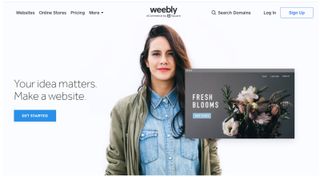Senior usability engineer at Algonquin Studios Adrian Roselli has, in a blog post, rallied against continued usage of HTML5 as a global means of talking about modern web standards, arguing it's beginning to confuse people within the industry, including educators and tech writers: "When I talk to another developer about a feature, I want to know that when one of us says 'HTML5' we are both talking about that particular specification. When we use terms like 'WOFF' or 'WebGL' I have comfort knowing the developer has a particular set of technical standards in mind, but when one of us says 'HTML5' we each have to pause to consider what related specification the other might actually mean."
Roselli's comments were motivated by the recently unveiled HTML5Please website adding and then later removing a short disclaimer, noting that it "discusses features beyond the HTML5 specification, coming from CSS, SVG and the greater Open Web Platform umbrella". The justification for doing so, according to a bug/issue report, was that "HTML5 represents an umbrella term for all new technologies (as is inferred from platform.html5.org)". Roselli admits the ship has sailed when trying to communicate the fact HTML5 is a specification in and of itself, but he thinks development websites siding with this do "a disservice to not remind [visitors] that HTML5 means a very particular specification".
On speaking to .net, Roselli said that HTML5 "as a brand versus the name of the version of a particular specification" already causes confusion, not only with clients but also developers. "I suffered through this with DHTML and Web 2.0, and those weren't even real specifications. I expect to continue to deal with it with HTML5." He told us that new developers may not even be taught the differences, partly because the educators themselves don't know." As these devs come into the workforce and get direction from clients or non-technical supervisors to lean on HTML5 for a project, they may not understand that the marketing term 'HTML5' is just the latest variation on 'DHTML' or 'Web 2.0' and presume they are being directed to use one specification. They may spend far too much time rebuilding capability in script, or perhaps just failing at trying to address it, when a related specification already exists."
Roselli also told us this could hinder the web over the coming years: "As we see HTML5 continue to evolve – since the spec isn't slated to be complete until 2014 – other devs may be reticent to lean on any of the final related specifications, or specifications that are far more close to being final, because they don't understand the distinction."
What are your thoughts on HTML5's use as a 'brand'? Do you think developers and development websites should do more to ensure the differentiation between 'brand' and 'specification' is obvious? Let us know in the comments.




